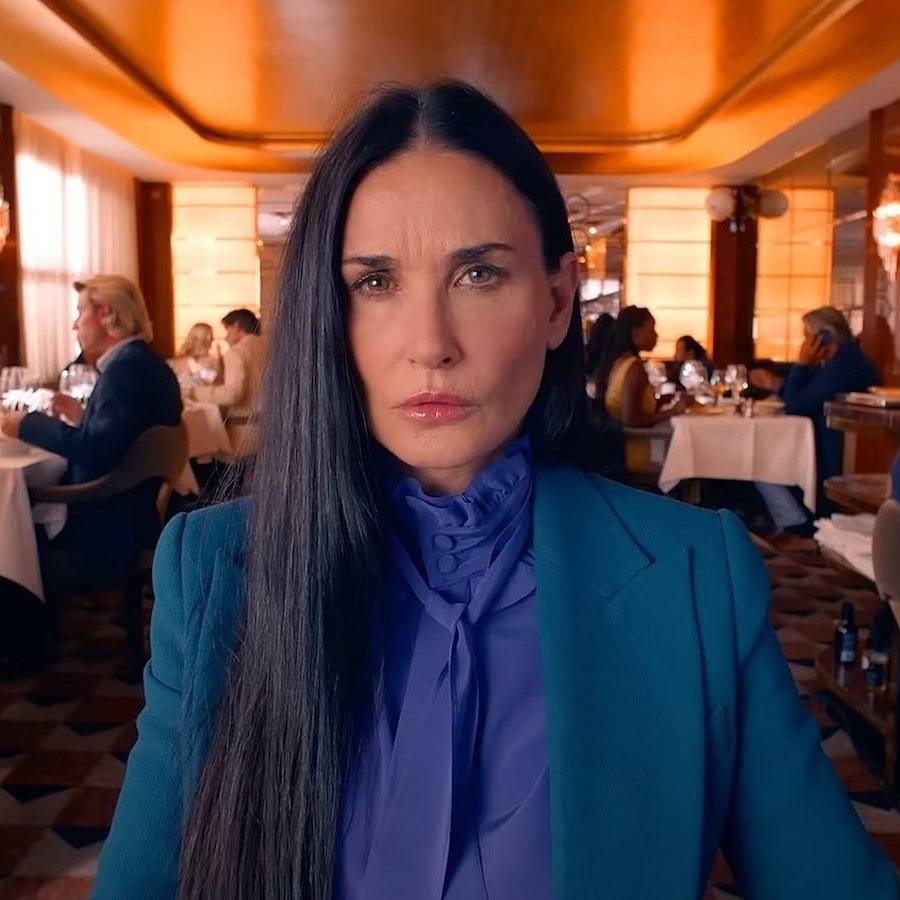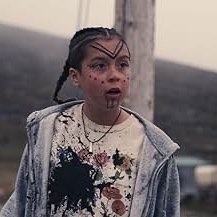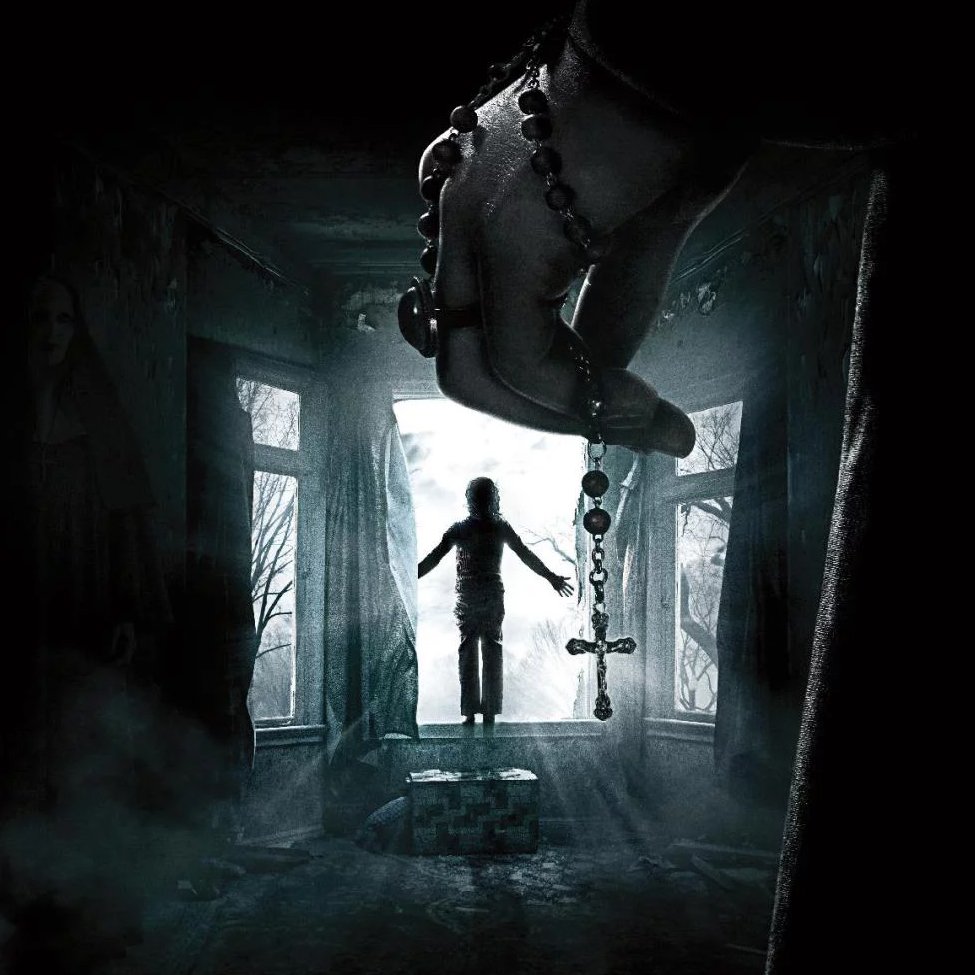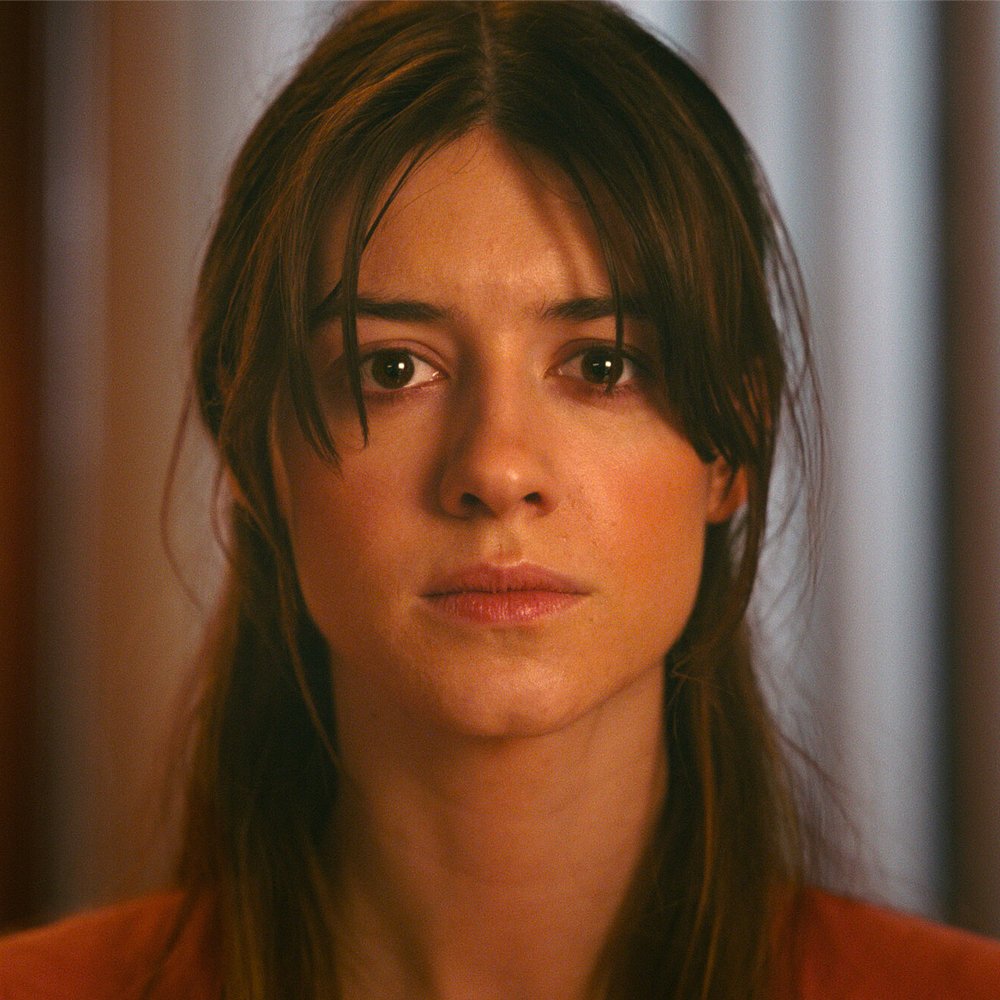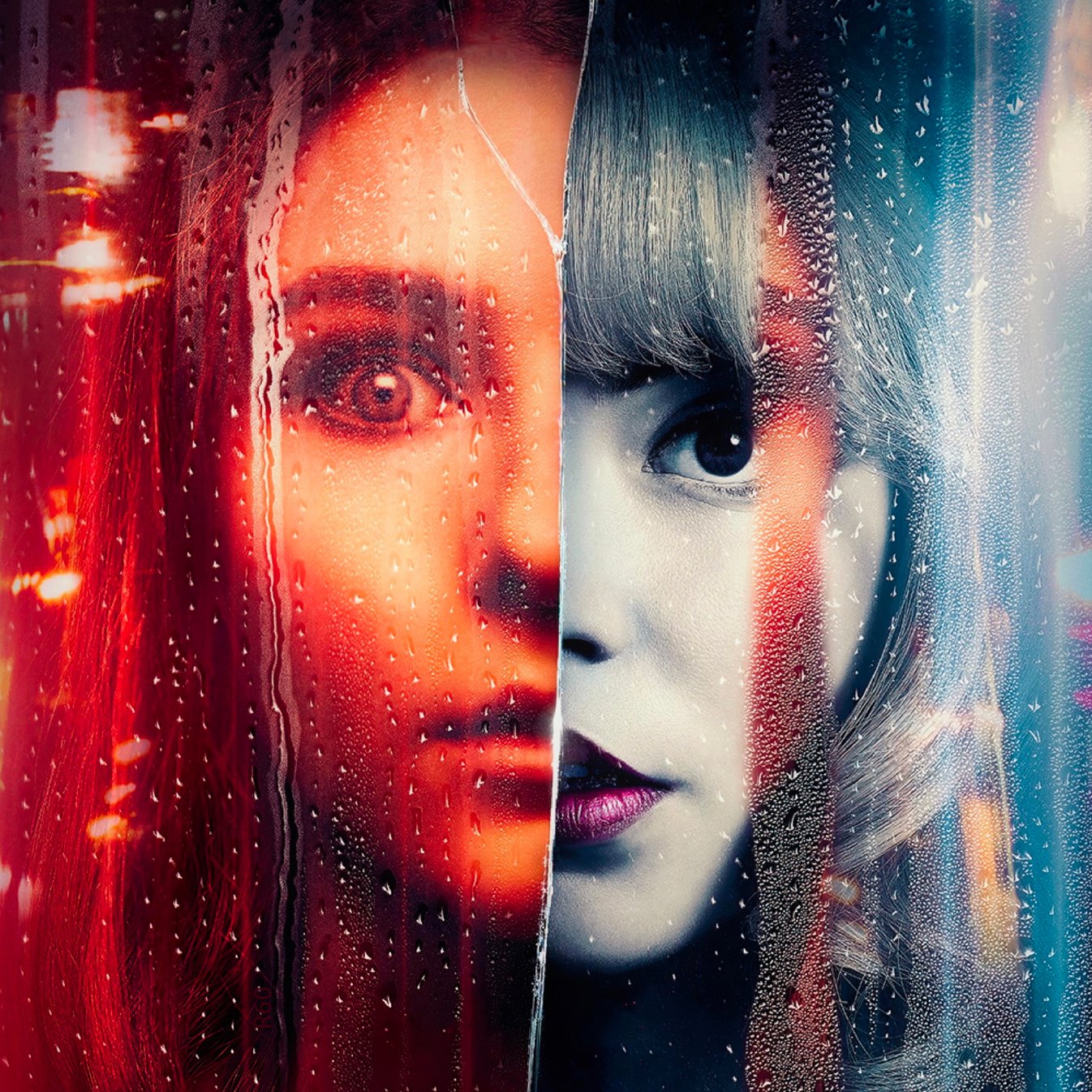Baby’s First Cult Classics: The Rocky Horror Picture Show
I went into the April midnight screening of The Rocky Horror Picture Show almost entirely cold. Besides the vague memory of red lips on the film poster and possibly one of a man in gold briefs, I was effectively a true Rocky Horror “virgin,” a term used by fans of the film referring to people who had not seen a shadow cast before, when I walked in. And so, as is true for any cult, this made me a prime target for indoctrination.
Before the screening, when the MC asked the crowd how many times they had gone to this event to liven the audience, I chose to expose myself as a Rocky Horror “virgin,” partially owing to my naivety and partially for the purposes of writing about this experience. Of this "virgin" group, a couple of us were chosen to come to the stage. Thankfully, I was not one of them, so I was able to observe from the comfort of my seat, protected from potential embarrassment by the crowd around me. By the time the MC told these “virgins” turn around and bend over, I knew I was lucky not to get called over. At least this time anyways, as a true “virgin.”
Based on my experience with The Room, the only other midnight screening I’ve attended to date, I expected to to be a spectator of Rocky Horror, in the way that The Room devotees have built a ritual out of sharing in the experience of gawking at the transcendent awfulness of Tommy Wiseau’s masterpiece. However, as Roger Ebert writes in his 1975 review of the film, The Rocky Horror Picture Show is not so much a movie as more of a long-running social phenomenon.” Rocky Horror has some solid songs and is enjoyable enough as a campy ‘70s artifact, but the film isn’t especially good or bad or even that memorable, and during the screening, I wasn’t sure whether part of Rocky Horror’s appeal was a long-running inside joke of bringing this much fanaticism to something so fundamentally disposable. It is perhaps unnecessary to summarize the plot of Rocky Horror, or as was my experience, even to hear key scenes from the film.
Beyond the shouting at the screen requisite for midnight cult classics like The Room, Rocky Horror is a fully interactive experience. Fans dressed in Rocky Horror costumes come up to the screen, glowsticks and toilet paper fly at the audience, and certain members of the shadow cast come up to you and crush your lap. While the film is a significant aspect of the experience, Rocky Horror is essentially an excuse to dress up in outlandish costumes and violate the sanctity of the cinema experience.
Though the Rocky Horror experience seems to be designed primarily with fun and stimulation overload in mind, it is also important to note how it also functions as a safe space: for people of all races, body types, gender expressions, and sexualities (although I would advise against people under the age of maybe 15 from joining).
Transylvanian Nipple Productions, the shadow cast at the screening I attended at Ritz on the Bourse in Philadelphia, seemed to be a relatively inclusive community, and to make a point of avoiding pronouns based on assumed gender identity while calling on audience members. And though the cast encouraged audience members to dress in Rocky Horror-inspired costumes, the winner of the costume contest was dressed as Ziggy Stardust-era David Bowie—an iconic figure for queer representation in popular culture. Even as a newcomer to Rocky Horror, it appeared like people of all backgrounds were comfortable at the screening.
This aspect of the Rocky Horror phenomenon might seem less meaningful today than when it was released in 1975, as nerd culture, and to some extent, LGBTQ culture, have gradually been embraced by the mainstream. For instance, witness “The Rocky Horror Glee Show,” an episode from the second season of Glee featuring TV-14 covers of Rocky Horror songs that aired at the height of that series’ ratings and cultural impact. At least for its first few seasons, Glee was also one of the top rated Nielsen programs on broadcast television while featuring notable LGBTQ characters and issues, and while centering on self-described outsiders. It could also be argued that the Internet and widely accessible streaming services have supplanted the cinema as a way of connecting to people with common pop culture tastes, and particularly for young queer audiences who might have once turned to such spaces for community.
Regardless, these midnight screenings are still a valuable tradition to maintain. Even at this point, now that the rituals of Rocky Horror screenings have become fully codified, there is still something fundamentally strange about the experience. I might not yet be fully converted to the cause, but I would be happy to go again, maybe this time as a born-again virgin.


